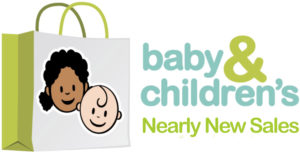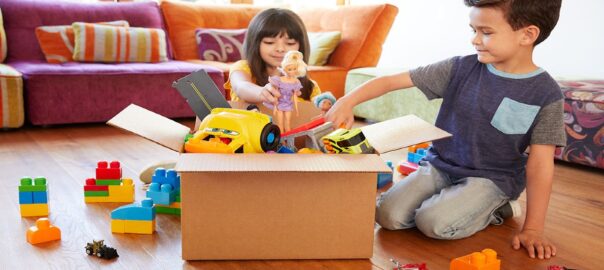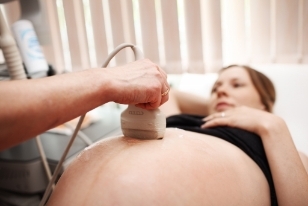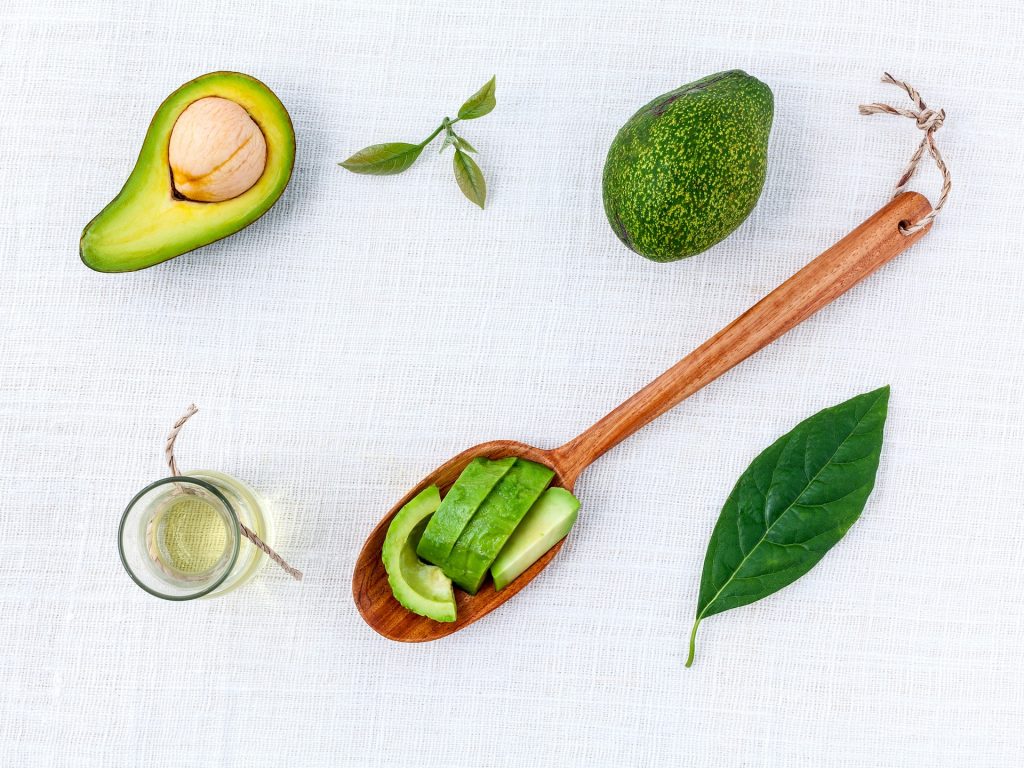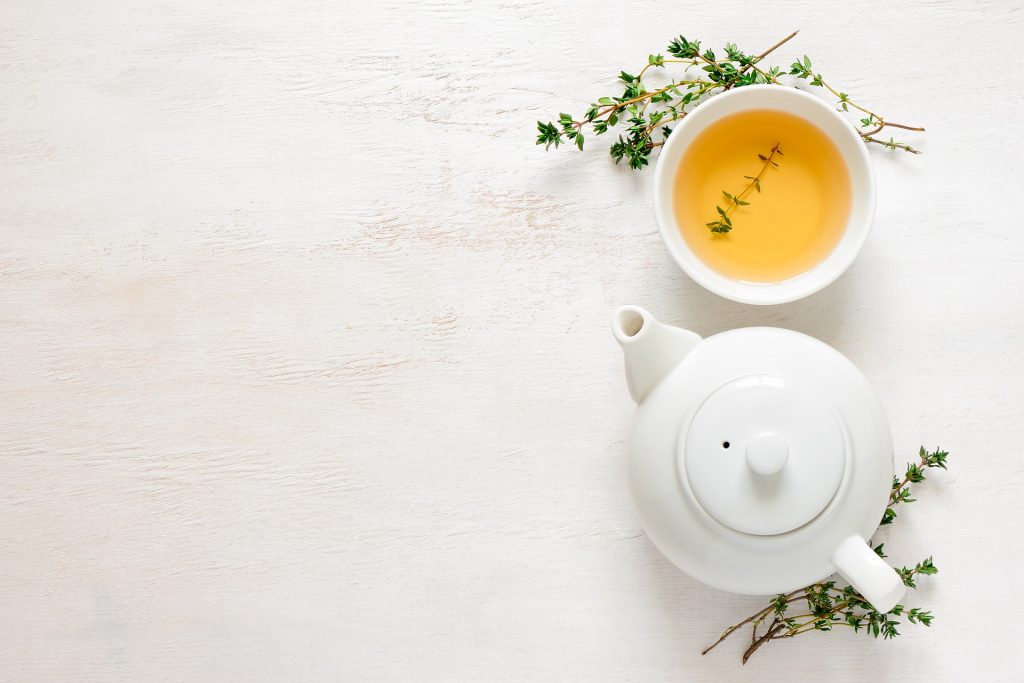Recycling your children’s items can have several benefits, both for the environment and for your family. Here are some key advantages:
- Environmental conservation: By recycling your children’s items, you contribute to reducing waste and conserving natural resources. Many children’s items, such as toys, clothing, and furniture, are made from materials like plastic, textiles, and wood, which can take a toll on the environment if they end up in landfills. Recycling these items allows them to be repurposed or used in the production of new items, reducing the need for virgin materials and minimising environmental impact.
- Waste reduction: Children tend to outgrow their clothes, toys, and other items quickly. Instead of throwing them away, recycling allows you to pass them on to other children or donate them to organisations that can redistribute them to families in need. This reduces the amount of waste generated and helps extend the life cycle of these items.
- Cost savings: Recycling your children’s items can be financially advantageous. Instead of buying new items every time your child outgrows something, you can explore secondhand or recycled options. Baby and Children’s Nearly New Sales, charity shops, consignment shops, and online marketplaces often have a wide range of gently used children’s items at more affordable prices. Recycling also allows you to receive value for items you no longer need by selling them or exchanging them through platforms or local communities.
- Teaching sustainable values: Engaging in recycling practices with your children helps instill a sense of environmental responsibility and sustainability. By involving them in the process, they learn about the importance of reducing waste, reusing resources, and making conscious choices. This can foster a lifelong mindset of environmental stewardship and encourage them to make eco-friendly decisions as they grow.
- Community building: Recycling children’s items can create connections within your community by attending a local Baby and Children’s Market nearly new sale. Donating or exchanging items with other families can build relationships, foster a sense of sharing, and create a supportive network. Additionally, when you donate to charitable organisations, you contribute to their missions and support their efforts to help families in need and environmental focused projects.
- Decluttering and organising: Recycling your children’s items allows you to declutter your living space and keep it organised. When you recycle items that are no longer needed, you create more room and reduce clutter, making it easier to manage your children’s belongings and maintain an orderly environment.
Overall, recycling your children’s items offers a range of benefits, including environmental conservation, waste reduction, cost savings, teaching sustainable values, community building, and decluttering. It’s a responsible and impactful way to manage your family’s belongings while making a positive contribution to the world around you. Plus you can generate some well needed funds to put towards your growing families needs, etc.
It’s a WIN, WIN for both you and the environment 🙂
